Threonine is an essential amino acid that, thanks to its hydroxyl group, can fulfill several functions in the metabolism. It is a component of most proteins in the body, with a particularly high proportion in the connective tissue. Threonine occurs in four stereoisomeric forms, whereby only L-threonine with the (2S, 3R) configuration comes into question for the protein structure.
What is threonine?
Threonine is an essential proteinogenic amino acid. The human body cannot synthesize it. It must therefore be taken in with food. With a malnutrition of threonine, there are therefore health problems.
Threonine is a simply structured alpha amino acid with two stereogenic centers. For this reason, four different stereoisomers can be formed. However, only L-threonine with the stereoisomeric configuration (2S, 3R) is relevant for the structure of the proteins. In the following, this molecule is described further and, for the sake of simplicity, is referred to as threonine. Threonine is a polar amino acid which, due to its hydroxyl group, is capable of phosphorylation in enzymes. It is therefore often a component of enzymes.
Threonine was discovered as the last proteinogenic amino acid by the American biochemist William Cumming Rose in the thirties of the last century. When he was feeding rats, he realized that the 19 amino acids known to date were insufficient for them to grow. After a systematic search for the missing growth factor, Rose was able to isolate and describe the previously unknown amino acid threonine from fibrin.
Function, effect & tasks
Threonine has a variety of functions in the organism. Many of the functions have not yet been investigated in more detail. However, it is known that threonine plays a huge role in growth and uric acid metabolism.
It was found that too much uric acid is produced in the body when excess threonine is taken in, which in extreme cases can also lead to gout. The body must also have sufficient magnesium, vitamin B6 and vitamin B3 for it to work optimally. Furthermore, threonine is involved in the structure of many proteins. However, it is particularly common in the collagen of the connective tissue. In addition to the connective tissue, it is also part of the mucins. Mucins are very threonine-rich glycoproteins, which are the most important components in the mucous membrane.
They protect certain organs, such as the stomach, from aggressive chemical substances. In the case of the stomach, it is the gastric acid containing hydrochloric acid. But they also offer other organs that are equipped with mucous membranes, protection against attack by infectious germs and reactive chemicals. The threonine contained in the mucin with the functional hydroxyl group also plays an important role.
The hydroxyl group is the point of attachment for esterifications with acids and compounds containing acid groups. The phosphate groups of the phosphoric acid can thus also be bound here. Within enzymes, threonine is therefore responsible for the transfer of phosphate groups, i.e. for the various phosphorylation reactions. Threonine is also an important part of antibodies. Here it is glycosylated with sugar residues, which is particularly crucial for the correct function of the antibodies. Threonine also plays an important role in the formation of the neurotransmitter glycine. Glycine is a breakdown product of threonine.
Education, occurrence, properties & optimal values
As already mentioned, threonine is an essential amino acid and must therefore be taken in with food. It is formed biochemically from L-aspartate in plants and microorganisms. Threonine is found in animal and plant foods. Chicken eggs, salmon, chicken breast, beef, cow's milk, walnuts, whole wheat and corn flour, unpeeled rice or dried peas are particularly rich in threonine.
In the human organism, it is obtained by breaking down these proteins and incorporated into the body's own proteins. In all organisms, threonine is broken down either into glycine and acetaldehyde or into propionyl-CoA. The daily requirement for an adult is around 16 milligrams per kilogram of body weight. Depending on your weight, this is 1 to 2 grams of threonine per day.
Diseases & Disorders
Since threonine is an essential amino acid, deficiency symptoms can develop if the intake is too low. A threonine deficiency results from a one-sided diet with foods that contain only a little threonine. A deficiency in threonine manifests itself through tiredness, loss of appetite, weight loss, fatty liver or poor bone growth.
Especially if the threonine deficiency occurs in childhood, the child's growth can be massively impaired. Furthermore, the immune system is weakened, as threonine is an important component of antibodies. As a result, there is an increased susceptibility to infection. The weakened immune system also increases the risk of cancer. Furthermore, the mucous membranes can no longer properly fulfill their protective function. You become more prone to infection and exposure to harsh chemicals. Since the breakdown product of threonine is, among other things, the neurotransmitter glycine, the nerve functions are also influenced by threonine. A lack of this amino acid can lead to neurological symptoms. If there is a large excess of threonine, more uric acid is formed.
However, the effect of moderately increased threonine concentrations is also that the uric acid excretion by the kidneys is increased, which in turn contributes to the lowering of the uric acid level. If this balance of threonine effects is disturbed, it can lead to the development of gout. There is an increased need for threonine in the case of infections, disorders of the nervous system (for example, convulsions in multiple sclerosis), ALS (amyotrophic lateral sclerosis), anxiety, irritability, liver diseases, schizophrenia and many other diseases. Threonine dampens hyperactive nerve reactions via its breakdown product glycine and helps improve neuromuscular control.

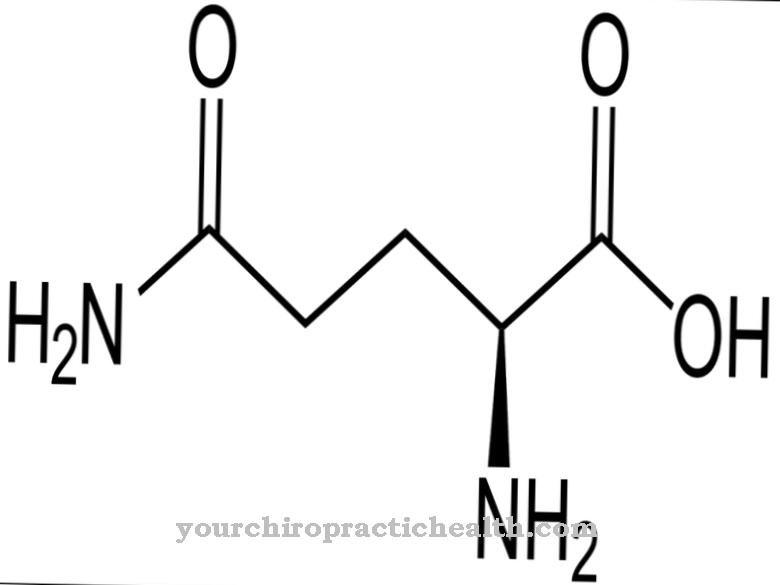
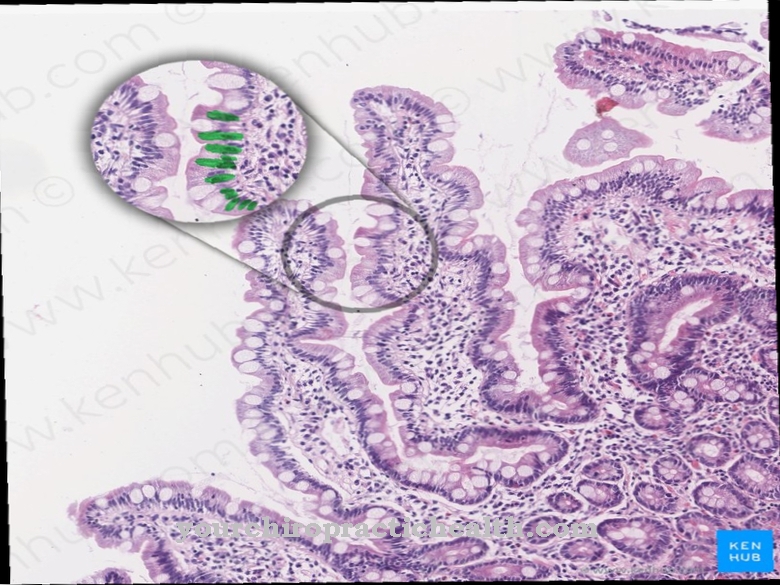
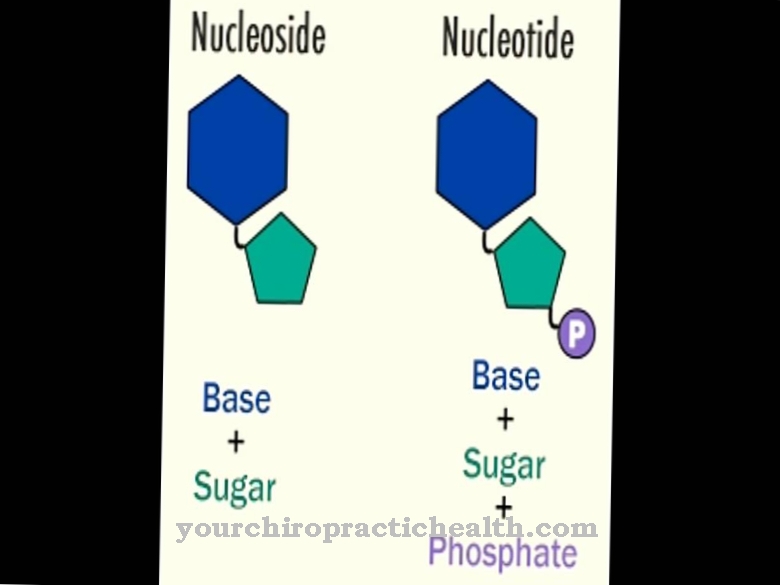
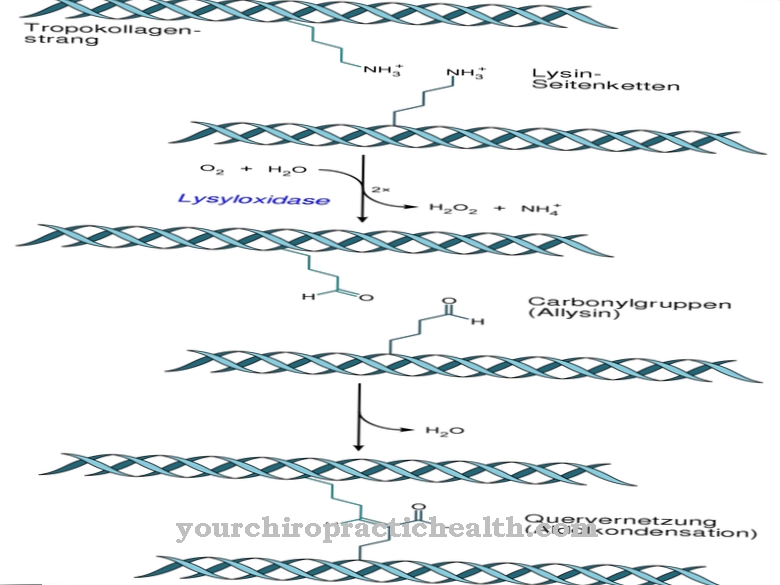
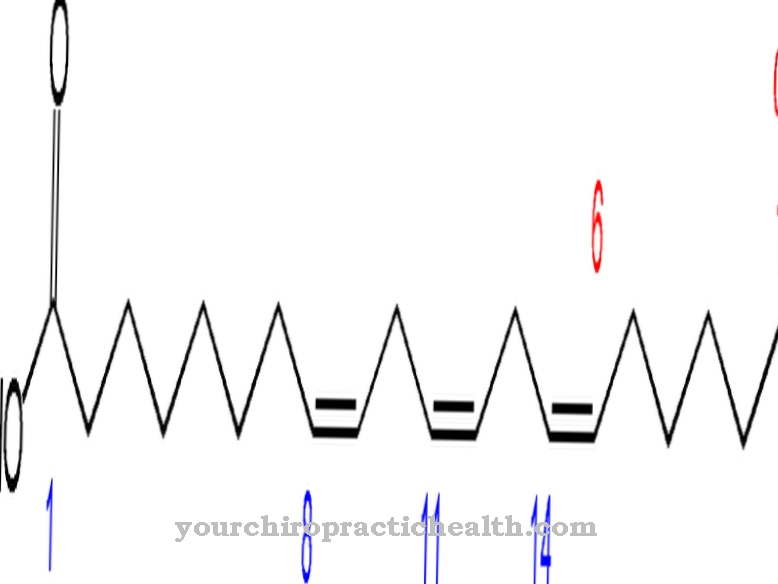






















.jpg)